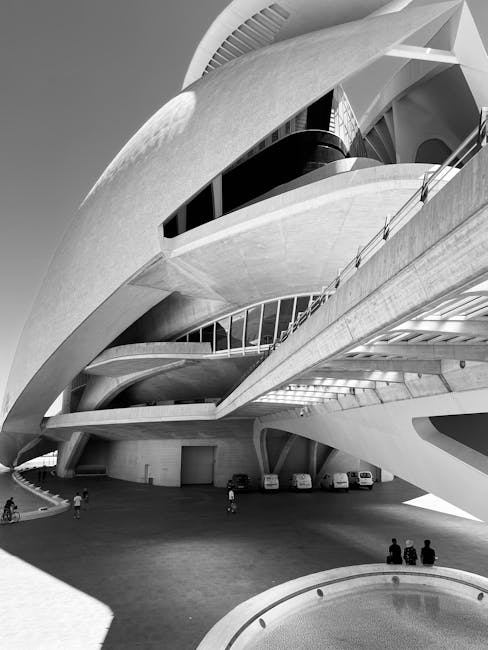Human Concretion: Unraveling the Mystery of Calcification in the Human Body
The human body is a marvel of complex biological processes, but sometimes these processes go awry, leading to the formation of abnormal mineral deposits known as concretions. Human concretions, while often benign, can also signal underlying health issues, demanding medical attention and careful investigation. This comprehensive guide delves into the fascinating, and sometimes alarming, world of human concretions, exploring their various forms, causes, symptoms, diagnosis, and treatment options.
What are Human Concretions?
Human concretions are masses of mineral deposits that form within the body’s tissues and organs. These deposits are typically composed of calcium salts, but can also include other minerals like magnesium, phosphate, and iron. The process of concretion formation, known as calcification, is a complex one, often triggered by various factors ranging from infection and injury to metabolic disorders.

It’s crucial to differentiate between physiological calcification—a normal, age-related process—and pathological calcification, which signifies an underlying disease or abnormality. Physiological calcification, for example, the hardening of arteries (arteriosclerosis), is a gradual process that occurs as we age. Pathological calcification, however, is often associated with disease and can lead to organ dysfunction if left untreated.

Types of Human Concretions and Their Locations
Human concretions can form in various parts of the body, each location often indicating a different underlying cause. Some common locations and types include:
- Kidney Stones: These are one of the most common types of concretions, forming in the kidneys due to an imbalance of minerals in the urine. Kidney stones can range in size and composition, leading to excruciating pain and potential kidney damage.
- Gallstones: Formed in the gallbladder, these concretions are typically composed of cholesterol, bile pigments, and calcium salts. They can cause severe abdominal pain and may require surgical removal.
- Pulmonary Concretions: These mineral deposits can form in the lungs, often as a result of previous infections or inhalation of foreign substances. They can range in size and may cause coughing, chest pain, and respiratory difficulties.
- Brain Concretions (Brain Sand): While often benign, these tiny calcium deposits found in the brain’s pineal gland are a normal age-related phenomenon. However, larger deposits in other brain areas can indicate a more serious underlying condition.
- Salivary Gland Stones (Sialoliths): These concretions, composed primarily of calcium phosphate, form within the salivary ducts and can obstruct saliva flow, leading to swelling and pain.
Causes of Human Concretion Formation
The precise causes of pathological human concretion formation are often multifactorial and complex. However, some common contributing factors include:
- Infections: Infections can trigger inflammation and tissue damage, leading to the deposition of calcium salts.
- Injury: Trauma to tissues can initiate calcification as the body attempts to repair the damaged area.
- Metabolic Disorders: Conditions like hyperparathyroidism (overactive parathyroid glands) and hypercalcemia (high blood calcium levels) significantly increase the risk of concretion formation.
- Dehydration: Insufficient fluid intake can concentrate minerals in the urine or bile, increasing the likelihood of kidney or gallstones.
- Genetic Predisposition: Some individuals may have a genetic predisposition to forming concretions.
- Certain Medications: Some medications can increase the risk of concretion formation as a side effect.
Symptoms of Human Concretions
The symptoms associated with human concretions vary greatly depending on their location, size, and the extent of the obstruction or damage they cause. Some common symptoms include:

- Pain: Severe pain is a common symptom, particularly with kidney stones and gallstones.
- Swelling: Swelling in the affected area may occur, especially with salivary gland stones.
- Fever and Chills: These symptoms can indicate an infection associated with the concretion.
- Nausea and Vomiting: These are often associated with abdominal concretions, such as gallstones.
- Changes in Urination: Painful urination, frequent urination, or blood in the urine can suggest kidney stones.
- Respiratory Difficulties: Pulmonary concretions can cause coughing, shortness of breath, and chest pain.
Diagnosis and Treatment
Diagnosing human concretions involves a combination of medical history, physical examination, and imaging techniques. Common diagnostic methods include:
- X-rays: Effective in detecting many types of concretions, particularly kidney stones and some bone concretions.
- Ultrasound: Useful for visualizing gallstones and other soft tissue concretions.
- CT scans: Provide detailed images of internal organs, assisting in locating and characterizing concretions.
- MRI scans: Especially useful for imaging brain concretions and other soft tissue structures.
- Blood tests: Help assess calcium levels and other relevant metabolic parameters.
- Urine analysis: Crucial for evaluating kidney function and detecting the presence of mineral crystals in the urine.
Treatment strategies for human concretions depend on the type, location, size, and symptoms. Options include:
- Medication: Medications can help dissolve some types of stones, particularly smaller kidney stones.
- Lithotripsy: A non-invasive procedure that uses shock waves to break up concretions into smaller fragments that can be passed naturally.
- Surgery: Surgical removal may be necessary for larger concretions or those causing significant obstruction or damage.
- Lifestyle Changes: Maintaining adequate hydration, adopting a balanced diet, and managing underlying medical conditions can help prevent the formation of new concretions.
Conclusion
Human concretions, while a diverse group of mineral deposits, share a common thread: the disruption of normal physiological processes. Understanding the various types, causes, symptoms, and treatment options is crucial for early diagnosis and effective management. Early intervention can often prevent significant complications and improve patient outcomes. Always consult a medical professional for any concerns regarding potential concretion formation.

